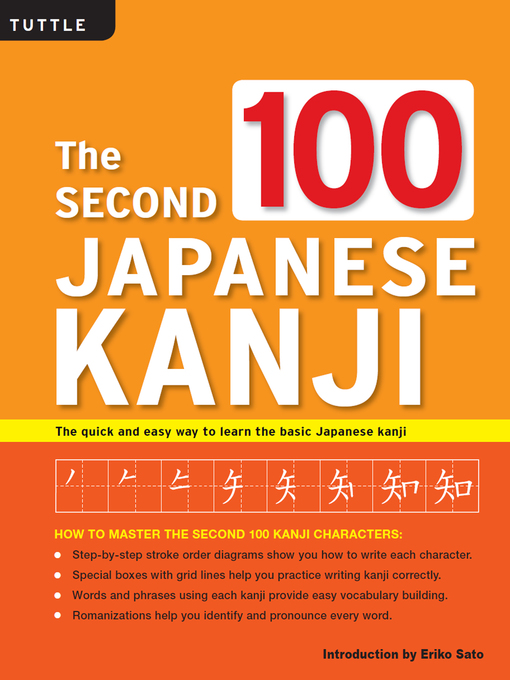The major struggle facing all beginning Japanese language students is to learn to recognize, read and write hundreds of Japanese characters. The Second 100 Japanese Kanji adopts a structural approach that helps students to overcome the initial difficulty of reading kanji and writing kanji and quickly master the basic Japanese characters that are fundamental to this language. This beginner kanji guide is intended for beginning students and teaches characters that have been carefully selected and sequenced for rapid and effective learning. Each kanji is shown separately on a single page, along with its different readings, its English meanings, romaji (romanization), a stroke-order guide and ample space for writing practice.
This book includes:

